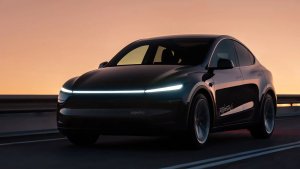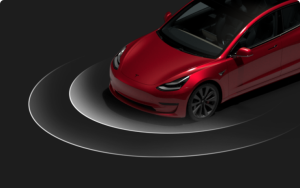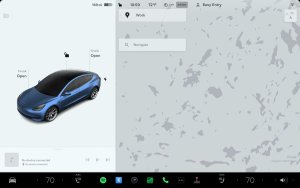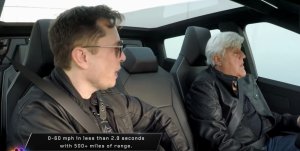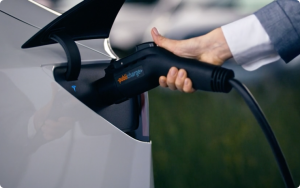What to do with your Tesla when going on vacation or storing it for longer periods of time
We’ve covered how much to charge your Tesla for everyday use, but when going on vacation or planning to store an electric car we have just a little extra planning to do.
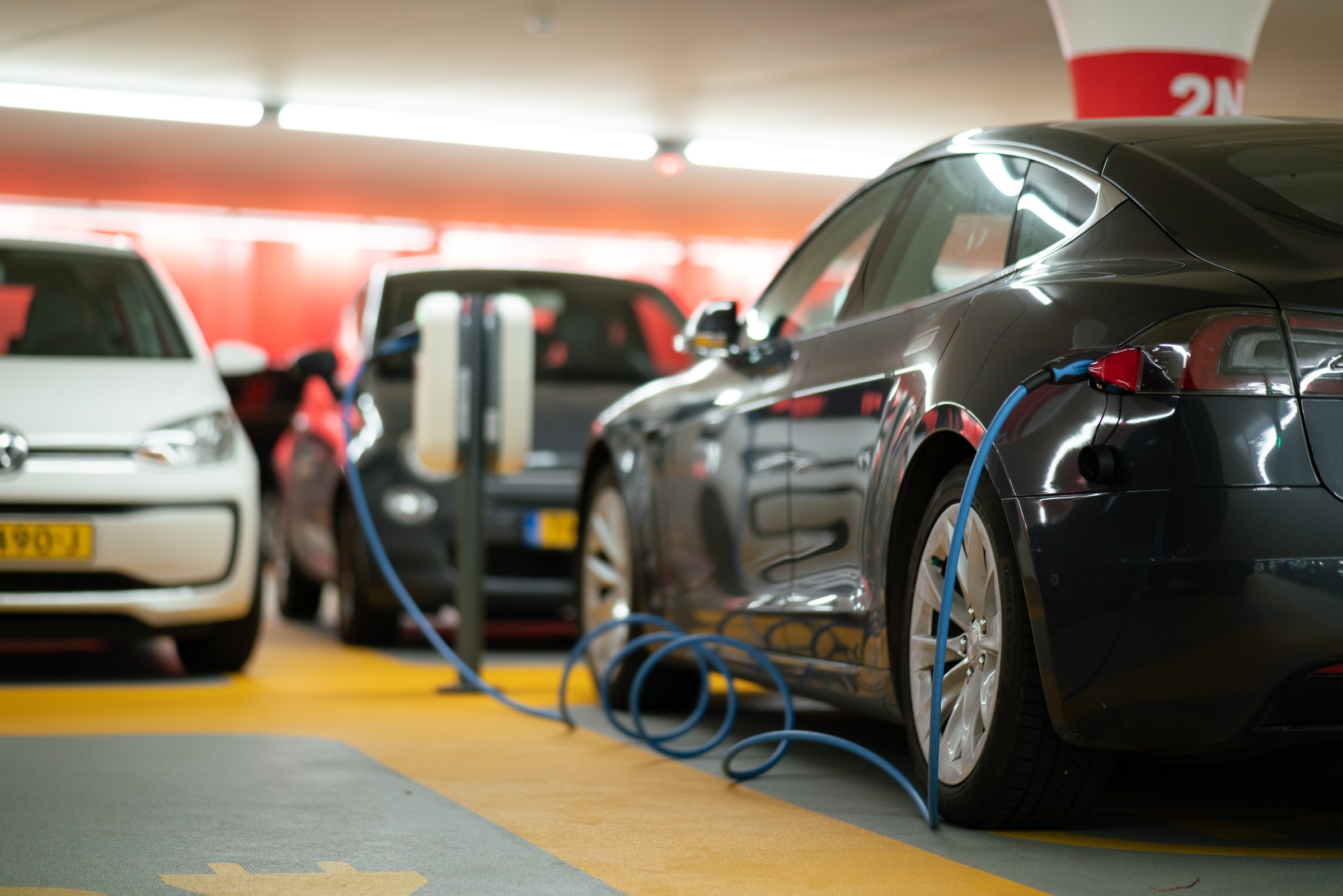
The most crucial part of a Tesla is the battery. One advantage Tesla has over the competition is their excellent battery regulation. Batteries in a Tesla last longer when compared to the competition due to Tesla’s excellent battery monitoring.
There are four major contributors that lead to lithium-ion battery degradation, which we would like to minimize. The first two we don’t have much control over, which are the age of the battery and the number of charge cycles (the number of times the battery has been charged and discharged).
However, the last two, we do have control over. Lithium-ion batteries don’t like to remain in a very high, or very low state of charge. That doesn’t mean we should never charge to 100% or use it down to 5%, but it’d be wise to minimize those occurrences. The last thing is the temperature of the battery. For the most part, Tesla handles this automatically. The batteries are heated and cooled to stay in a healthy temperature range without you ever knowing, even if the car is off. The car will also limit power when driving if necessary.
If you’re going on vacation and leaving your car at home or at the airport here are some things to consider.
If you can leave your car plugged in while at home or the airport
- If you can leave your car charging, then absolutely do this, this will make things much easier and let the car control everything itself without you ever having to worry about it
- Lithium-ion batteries are best stored at around 50% of charge, so set your charge level in the Tesla app or the car to 50%. The car will automatically use some energy when needed to cool or heat the battery, and it’ll get this power directly from the power source instead of Tesla’s batteries.
- Keep the car in a garage or under a cover if possible, this will help keep your car away from extreme elements such as snow, ice and heat. In general, this is just good practice.
If you can not leave your car plugged in at home or the airport
- If you can not leave your car plugged in while going on vacation there are several more things we need to account for to prevent any possible issues longer term.
- If the weather is extreme, whether it’s extremely cold or hot and you can not park in an isolated area and are going away for more than two weeks, then you may want to consider a different mode of transportation. If the car battery is drained completely, it could lead to battery damage since the car can no longer keep the batteries at an ideal temperature and it’ll no longer be able to protect itself from harsh weather.
- If you're going to be gone more than a few days, try to have your car charged to 90% as it will consume some energy as it's parked. If you're only leaving for a day or two, then a 70 - 80% charge should be more than fine.
- Since your car will be unplugged and unable to charge, you can help preserve the battery by turning off Sentry Mode if it won’t be needed as this consumes quite a bit of energy.
- You will also want to turn off Stand By Mode in the Autopilot menu. Standy By Mode keeps your car's computer on so that you have instant access to features such as Summon. However, it does use additional energy.
- To further preserve the car's battery, you can turn off Cabin overheat protection, which is used to keep the cabin from overheating. The car attempts to keep the cabin below 105°F.
- Keep the car away from harsh weather, if it's winter then keeping it in a parking garage and away from wind will help. If it's the dead of summer, then also try to keep it under a covered area in the shade if possible.
- If you’d like to check in on your car, it will need to have a good cellular connection.
- Before leaving, confirm that the car has a good connection so that you can check on the battery level if needed. However, do not open up the Tesla app often, as doing so will wake up the car and keep it awake for about 15 minutes, consuming more energy. Only check on the car if you absolutely need to.
Keep in mind the amount of charge you’ll need in your car when heading back home or reaching your first charging destination. If you’re leaving your car plugged in, then you can expect the car to remain at the same charge percentage if there are no power outages. However, if the car is not plugged in, it may have a significantly less charge when you return.
As you can tell, it will be much easier and safer if you’re able to leave your car plugged in while going on vacation, especially if it’s for an extended period of time.
If you plan to store your Tesla for longer periods of time, you should find a place to keep your Tesla plugged in and follow the “if you can leave your car plugged in” tips above.











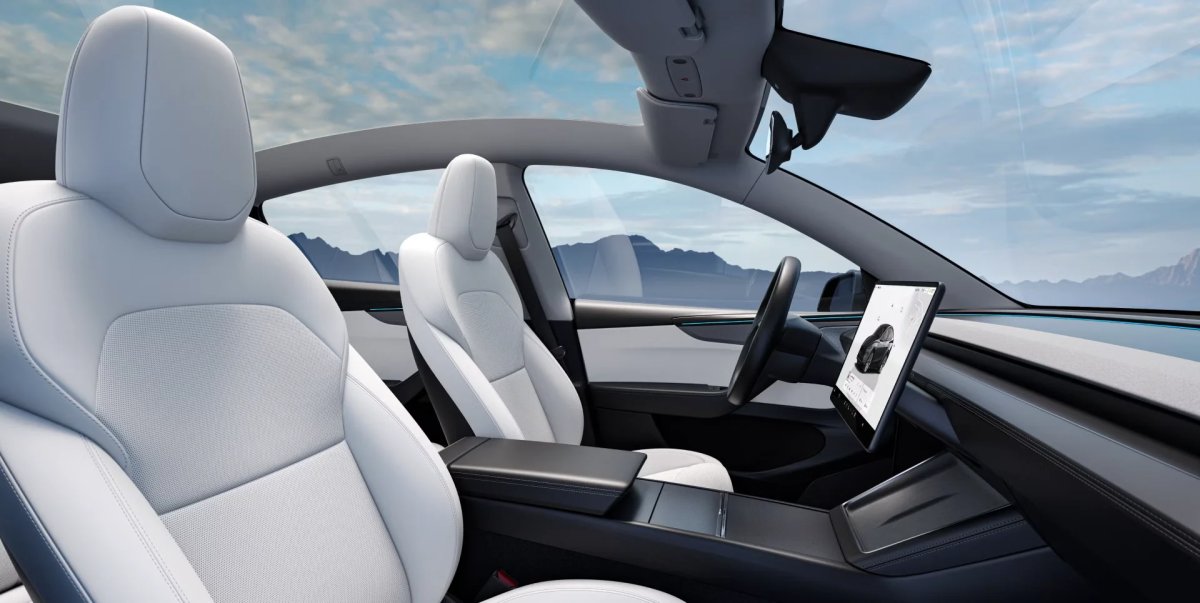
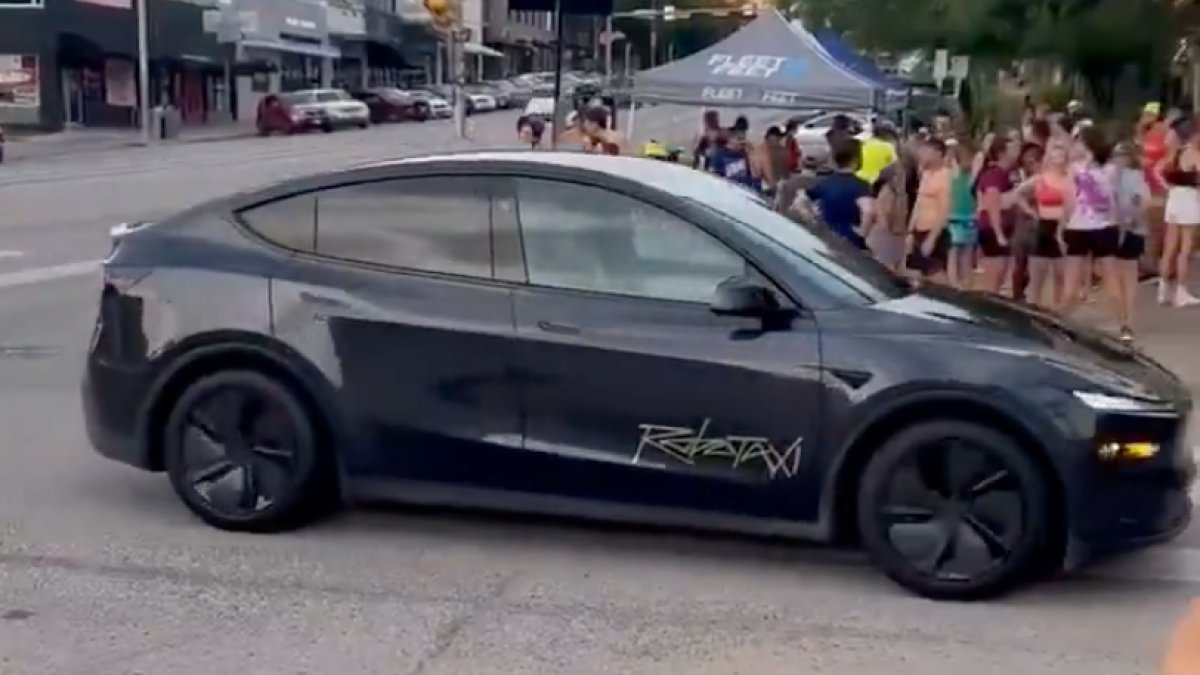


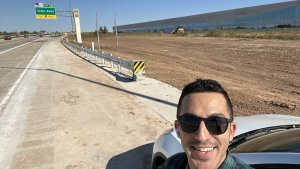
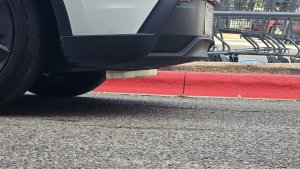

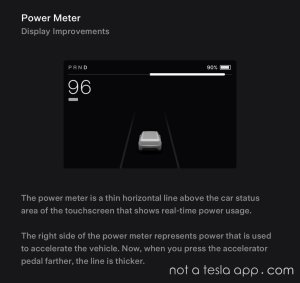
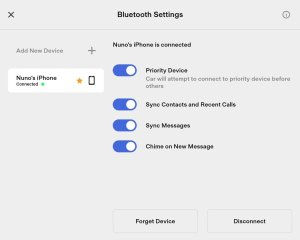
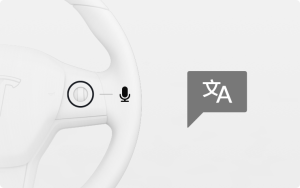
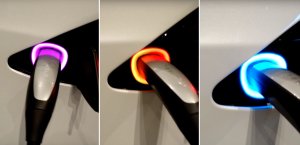

![First Recorded Tesla Robotaxi Intervention: UPS Truck Encounter [VIDEO]](https://www.notateslaapp.com/img/containers/article_images/2025/robotaxi_model_y.jpg/3036d8b53214c2d071c978c42911e451/robotaxi_model_y.jpg)
![First Look at Tesla's Robotaxi App and Its Features [PHOTOS]](https://www.notateslaapp.com/img/containers/article_images/tesla-app/robotaxi-app/robotaxi-app-tips.webp/e643a61975bf712d18dc9aa9a48fdb01/robotaxi-app-tips.jpg)
![Tesla’s New Camera Cleaning Feature and the Future of Cleaning Robotaxis [VIDEO]](https://www.notateslaapp.com/img/containers/article_images/2024/windshield-rain-droplets.jpg/8335f3020509dab3cdb56c1a91d054a9/windshield-rain-droplets.jpg)
![Tesla Launches Robotaxi: Features, Robotaxi App, Command Center and First Impressions [VIDEO]](https://www.notateslaapp.com/img/containers/article_images/2025/robotaxi_rear_screen.jpg/bf5ea088bdebda8ca7e0aa1503b69f4e/robotaxi_rear_screen.jpg)
